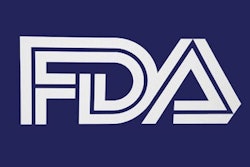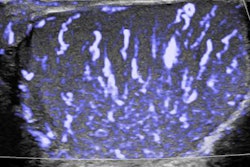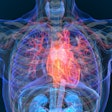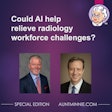Dear AuntMinnie Member,
Radiologists have no reason to fear artificial intelligence (AI), according to Dr. Ronald Summers, PhD, from the U.S. National Institutes of Health.
Speaking in the opening address of last week's Canadian Association of Radiologists meeting, Dr. Summers outlined the ways in which AI is already affecting radiology and healthcare. He believes that AI will help radiologists do their jobs better and more accurately, although he warned that the discipline could be in a "hype cycle" in which more is being promised than can be delivered. Read more by clicking here.
In related news, researchers analyzed the effectiveness of automated measurements of breast density compared to those made by radiologists. They found the two modes to be relatively equivalent in terms of accuracy, but there were some important advantages in favor of the automated technique. Learn more by clicking here.
PiB-PET and amyloid
In molecular imaging, a group from the Mayo Clinic in Rochester, MN, took a look at whether signs of amyloid deposition on PET scans could predict whether an individual would later develop mild cognitive impairment or even dementia. The researchers used carbon-11-labeled Pittsburgh Compound B (PiB), a relatively new tracer for amyloid imaging. Get the rest of the details by clicking here.
Meanwhile, many in the molecular imaging and nuclear medicine communities are wondering about the stability of the supply of molybdenum-99 (Mo-99) in the wake of the shutdown last month of a Canadian nuclear reactor that used to provide much of the world with the radiotracer.
Fortunately, other suppliers have stepped in since a 2009 shutdown at the reactor led to a global crisis in Mo-99 supply, so the Canadian reactor's output is no longer necessary. But could a Mo-99 supply crisis ever happen again? Find out what's been done by clicking here, or visit our Molecular Imaging Community at molecular.auntminnie.com.
Postmortem CT
Investigators have been looking at postmortem CT as an alternative to autopsy for many cases. This week, we're featuring an article on a new technique -- postmortem CT angiography -- which uses a perfusion device and oil-based contrast agent to enable forensic scientists to visualize bone and vascular lesions. Learn more about how it's done by clicking here.
Imaging and Amtrak derailment
Finally, check out a new story on the role that medical imaging played in treating victims of the 2015 Amtrak train derailment in Philadelphia. In a review of the accident, a group from Temple University analyzed the number of injuries sustained and the types of modalities used. Get the details by clicking here, or visit our CT Community at ct.auntminnie.com.



















